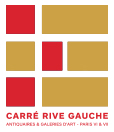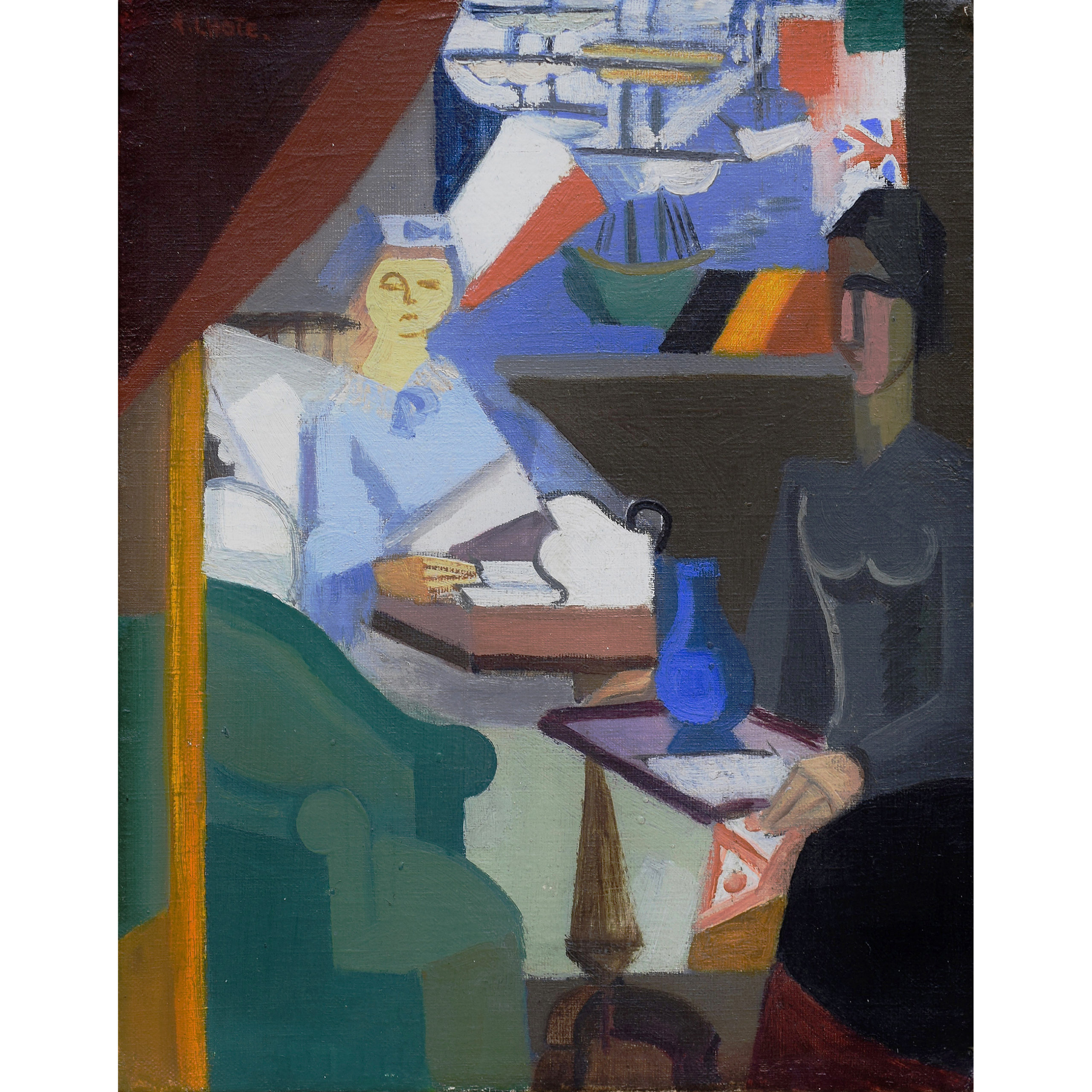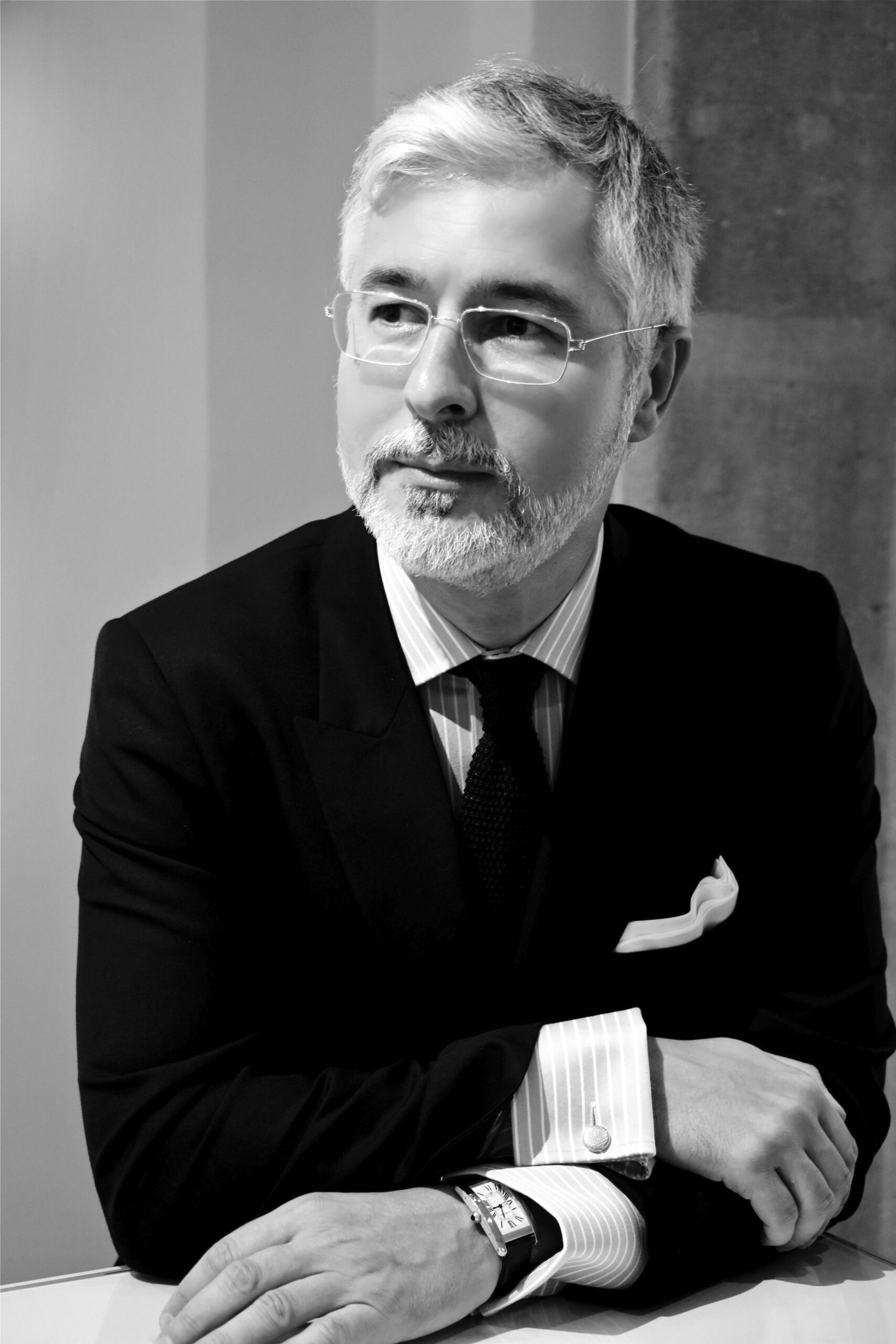Description
L’artiste :
André LHOTE est l’un des pères fondateurs du cubisme, peintre mais aussi professeur, critique d’art et théoricien, il compte parmi les figures qui marquèrent la vie artistique de la première moitié du XXe siècle. A partir de 1911, Lhote embrassa le mouvement cubiste dans une veine très personnelle. Jusqu’à la fin de sa vie, il conservera un lien profond avec la peinture classique, tant au niveau des sujets que dans la rigueur de ses compositions.
Le contexte historique : 1914
Le 28 juillet 1914 débute la Première Guerre Mondiale, André Lhote est mobilisé. Il est affecté à Bordeaux, sa ville natale et préfecture de la Gironde.
L’oeuvre : « Le petit-déjeuner »
Il s’agit ici d’un sujet très classique, une scène d’intérieur, mais revisitée par l’artiste. La composition est parfaitement structurée, soutenue par une palette chromatique colorée et dynamique. En jouant de nombreux contrastes opposant notamment ombre et lumière, Lhote traduit admirablement un moment d’intimité. La scène est construite en trois plans superposés selon la règle du nombre d’or.
Au centre, l’artiste représente sa première épouse : Marguerite, née Hayet, prenant le thé. Le modèle est vêtu d’une tenue d’intérieur avec une charlotte. Marguerite se tient confortablement installée dans un fauteuil Maurice devant un guéridon Louis Philippe.
Au premier plan à droite, une servante debout à la posture hiératique tient un plateau. Si elle paraît figée, elle attire indéniablement notre regard. Son « visagemasque » évoque un pan de la culture africaine dans lequel a puisé Lhote, lui-même grand admirateur et collectionneur de sculptures africaines. Pour équilibrer la composition, se trouvent également au premier plan mais à gauche, la verticale d’une porte fenêtre et la diagonale d’un rideau.
Enfin, au dernier plan une large fenêtre laisse entrevoir des bateaux dans le Port de Bordeaux et des drapeaux de différentes nations : France, Belgique, Royaume-Uni : trois pays alliés en guerre qui symbolisent l’unité mais aussi, sans doute dans le contexte, une allégorie de la lutte pour la liberté.
Avec « Le Petit déjeuner », André Lhote fait une belle démonstration de son style pictural unique en mettant en avant sa vision très personnelle du cubisme et son talent de coloriste en utilisant un jeu audacieux de lignes, de courbes et de superpositions, un système complexe de plans en interaction et d’éléments figuratifs géométriques qui confèrent une modernité à cette composition.
The artist :
André LHOTE is one of the founding fathers of Cubism, a painter but also a teacher, art critic and theorist, he is one of the figures who marked the artistic life of the first half of the 20th century. From 1911, Lhote embraced the Cubist movement in a very personal vein. Until the end of his life, he will retain a deep connection with classical painting, both in terms of subjects and in the rigor of his compositions.
The historical context : 1914
On July 28, 1914, the First World War began, André Lhote was mobilized. He was assigned to Bordeaux, his hometown and the Gironde prefecture.
The work : « Le petit-déjeuner » (« Breakfast »)
This is a very classic subject, an interior scene, but revisited by the artist. The composition is perfectly structured, supported by a colorful and dynamic chromatic palette. By playing on numerous contrasts, notably between light and shadow, Lhote admirably conveys a moment of intimacy. The scene is built in three superimposed planes according to the rule of the « golden ratio ».
In the center, the artist represents his first wife : Marguerite, born Hayet, having tea. The model is dressed in an indoor outfit with a charlotte. Marguerite is comfortably installed in a Maurice armchair in front of a Louis Philippe pedestal table.
In the foreground on the right, a servant standing in a hieratic posture holds a tray. If it seems frozen, it definitely catches our eye. Her “face-mask” evokes a part of African culture from which Lhote, himself a great admirer and collector of African sculptures, has drawn. To balance the composition, there are also in the foreground but on the left, the vertical of a French window and the diagonal of a curtain.
Finally, in the background a large window lets glimpse boats in the Port of Bordeaux and flags of different nations: France, Belgium, United Kingdom: three allied countries at war which symbolize unity but also, undoubtedly in the context , an allegory of the struggle for freedom.
With « Le petit déjeuner », André Lhote makes a beautiful demonstration of his unique pictorial style by highlighting his very personal vision of cubism and his talent as a colorist by using a daring play of lines, curves and overlays, a complex system. of interacting plans and geometric figurative elements that give this composition a modernity.


